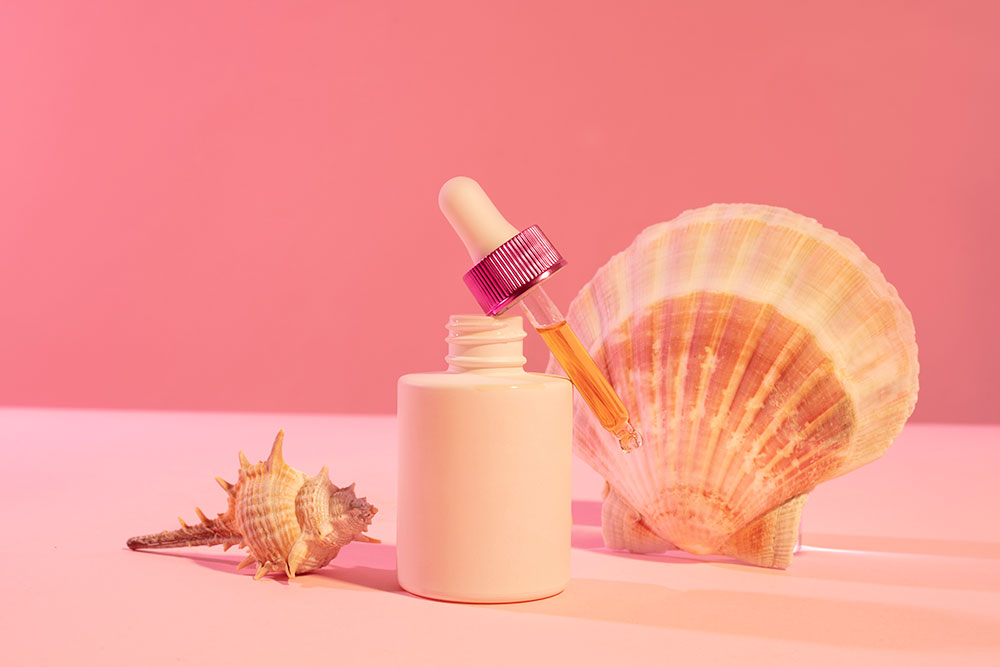Cosmetic Safety Assessment

Cosmetic Product Safety Report (CPSR) is the key point of the Product Information File (PIF). CPSR is composed of two parts from the Cosmetics Regulation 1223/2009;
- Cosmetic Product Safety Information (Part A)
- Cosmetic Safety Assessment (Part B)
Cosmetic Product Safety and EU Cosmetic Regulations
In any case, the manufacturing process of cosmetic products or the channels of distribution, cosmetics products placed on the EU market must be safe to use.
The cosmetic manufacturer is highly responsible for the safety of cosmetic products and must ensure that cosmetics go through an expert scientific safety assessment before they are sold.
In addition, cosmetic products should be correctly labeled and packaged with appropriate INCI (International Nomenclature for Cosmetic Ingredients) ingredients listing and warnings.
What must include the Cosmetic Safety Assessment?
Cosmetic safety assessment is part B of the cosmetic product safety report (CPSR), so it is the key part of the Product Information File (PIF). Safety assessment is conducted based on the cosmetic product safety information (part A) of the CPSR.
Part A – Cosmetic Product Safety Information
The purpose of Cosmetic Product Safety Information is to collect all the necessary data to perform the product safety assessment.
- Quantitative and qualitative composition of the cosmetic product
- Physical/chemical characteristics and stability of the cosmetic product
- Microbiological quality
- Impurities, traces, information about the packaging material
- Normal and reasonably foreseeable use
- Exposure to the cosmetic product
- Exposure to the substances
- Toxicological profile of the substances
- Undesirable effects and serious undesirable effects
- Information on the cosmetic product
Part B – Cosmetic Product Safety Assessment
Cosmetic product safety assessment must be completed in accordance with Annex 1 of the Regulation. It must be performed by qualified safety assessor.
- Assessment conclusions
- Labeled warnings and instructions for use
- The scientific reasoning for the conclusions drawn
- Assessors credentials and approval of Part B
and it is important that an RP familiarises themselves with and understands these requirements. For more information about the ‘The role of the responsible person’, ‘Who Can Be A Cosmetic Responsible Person?’ and ‘Why choose an experienced and professional responsible person’, Please check out our blog post,
Cosmereg cosmetics regulatory services help you fulfill all of the regulatory requirements posed by the EU cosmetics regulation 1223/2009 and consequently enable you to place your products on the EU market.
Contact us to find out more about the cosmetic safety assessment! Our experts can help ensure your products meet all regulatory requirements for EU compliant cosmetics, guaranteeing safety and market approval.


